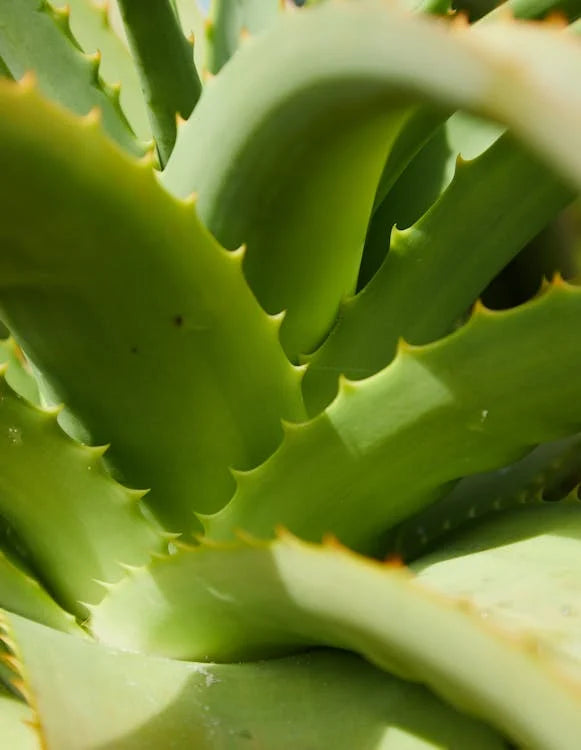
Background and history of Hatiora – Easter Cactus
Share
The Hatiora is native to the rainforests of Brazil, where it grows as an epiphyte on trees or rocks. It belongs to the Cactaceae family and is closely related to other popular epiphytic cacti such as the Christmas Cactus (Schlumbergera). Its scientific name, Hatiora , is an anagram of the surname of the British botanist Thomas Hariot.
The nickname “Easter cactus” refers to its flowering time, which usually coincides with Easter. This characteristic has made it popular as a seasonal decoration and as a gift plant during spring.
In its natural habitat, the Hatiora has adapted to a moist, shady environment. Its flat, segmented stems store water and help it survive during periods of drought. The brightly colored flowers attract pollinators such as hummingbirds, which is essential for its reproduction.
The Hatiora has gained popularity as a houseplant over the years due to its ease of care and beautiful blooms. It often symbolizes rebirth and new beginnings, which gives it a special place in spring, a season that is all about growth and renewal.
With its rich history, unique appearance and easy care, the Hatiora is a valuable addition to any plant collection. Whether used as a hanging plant or a centerpiece, this Easter cactus remains an enchanting and versatile choice for any home.
